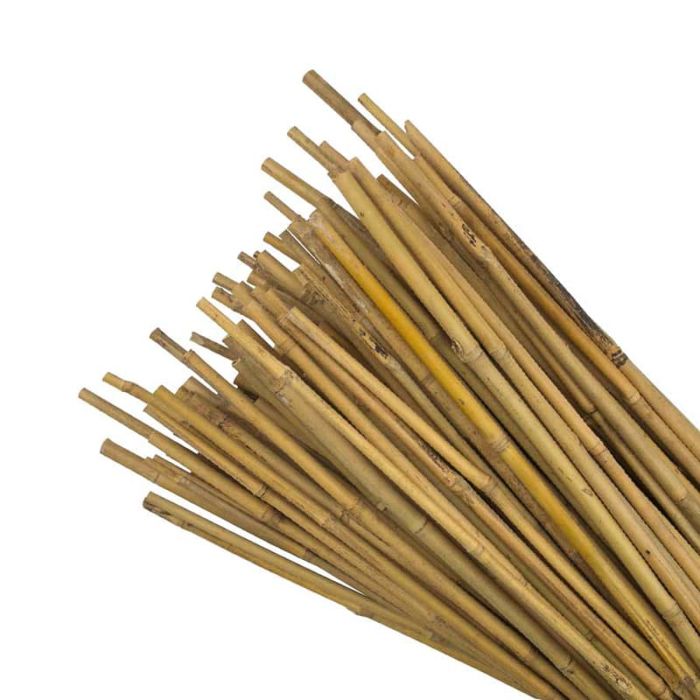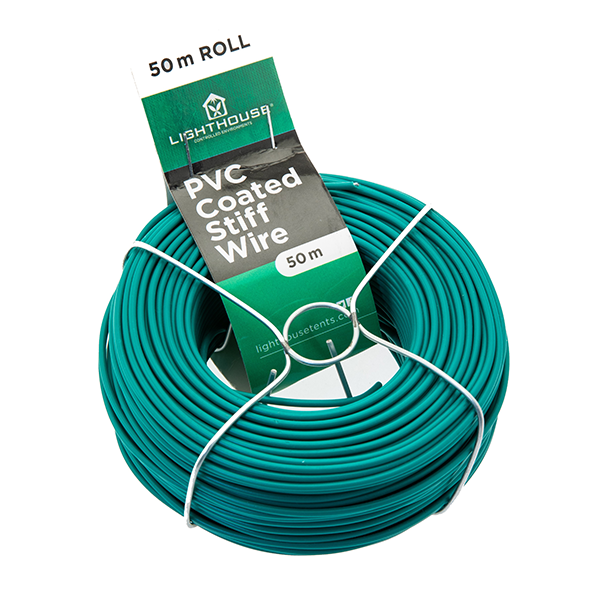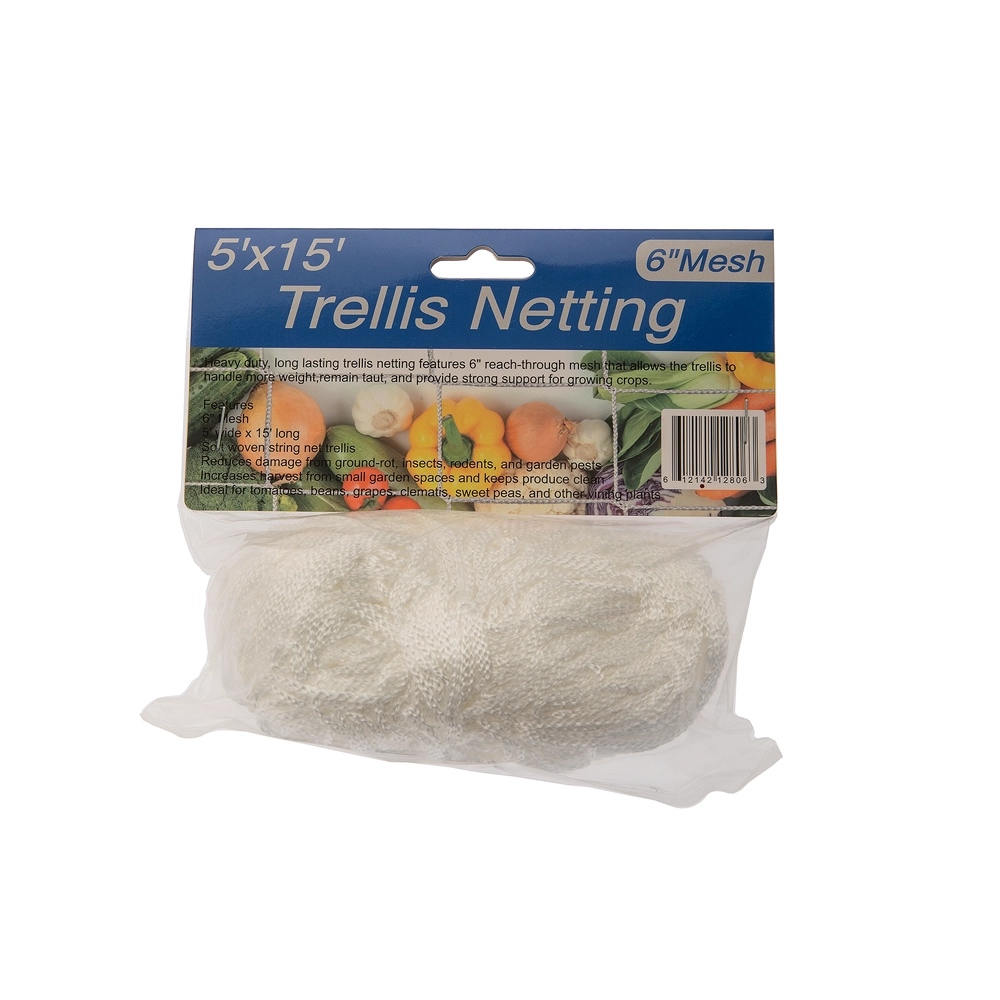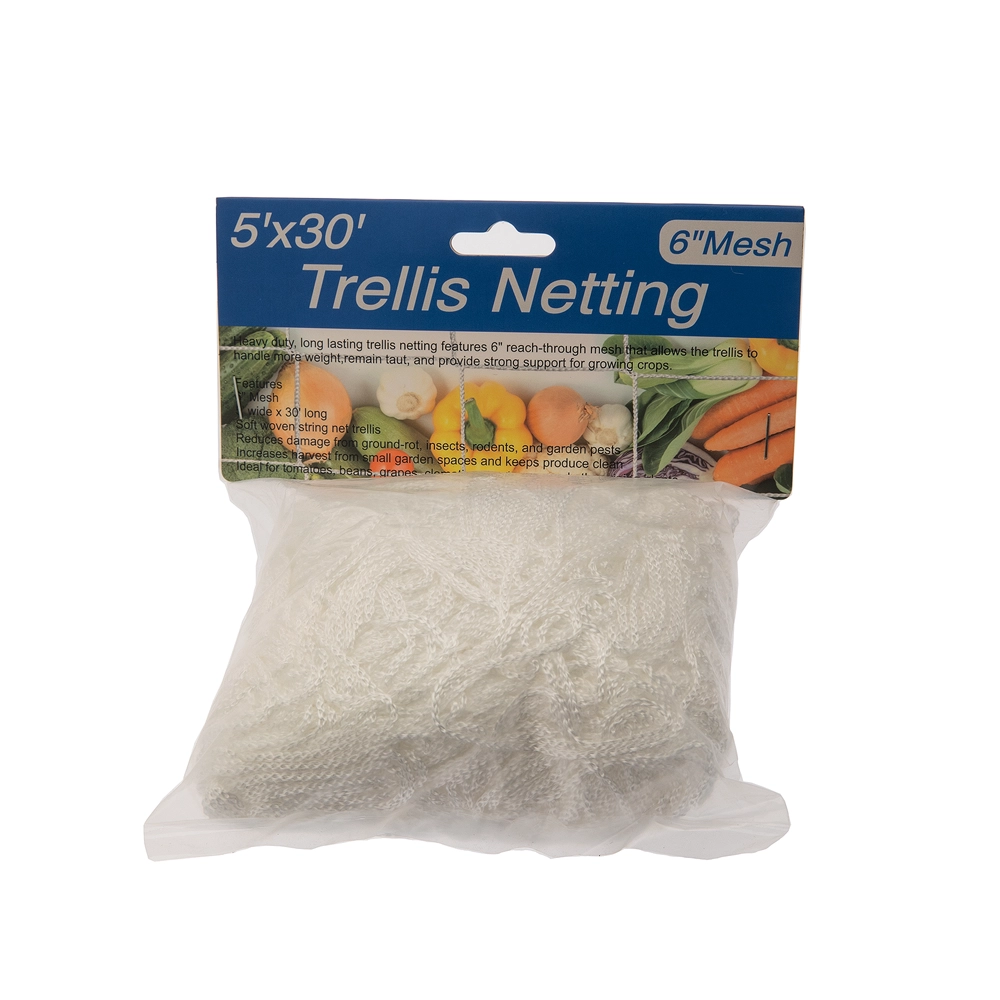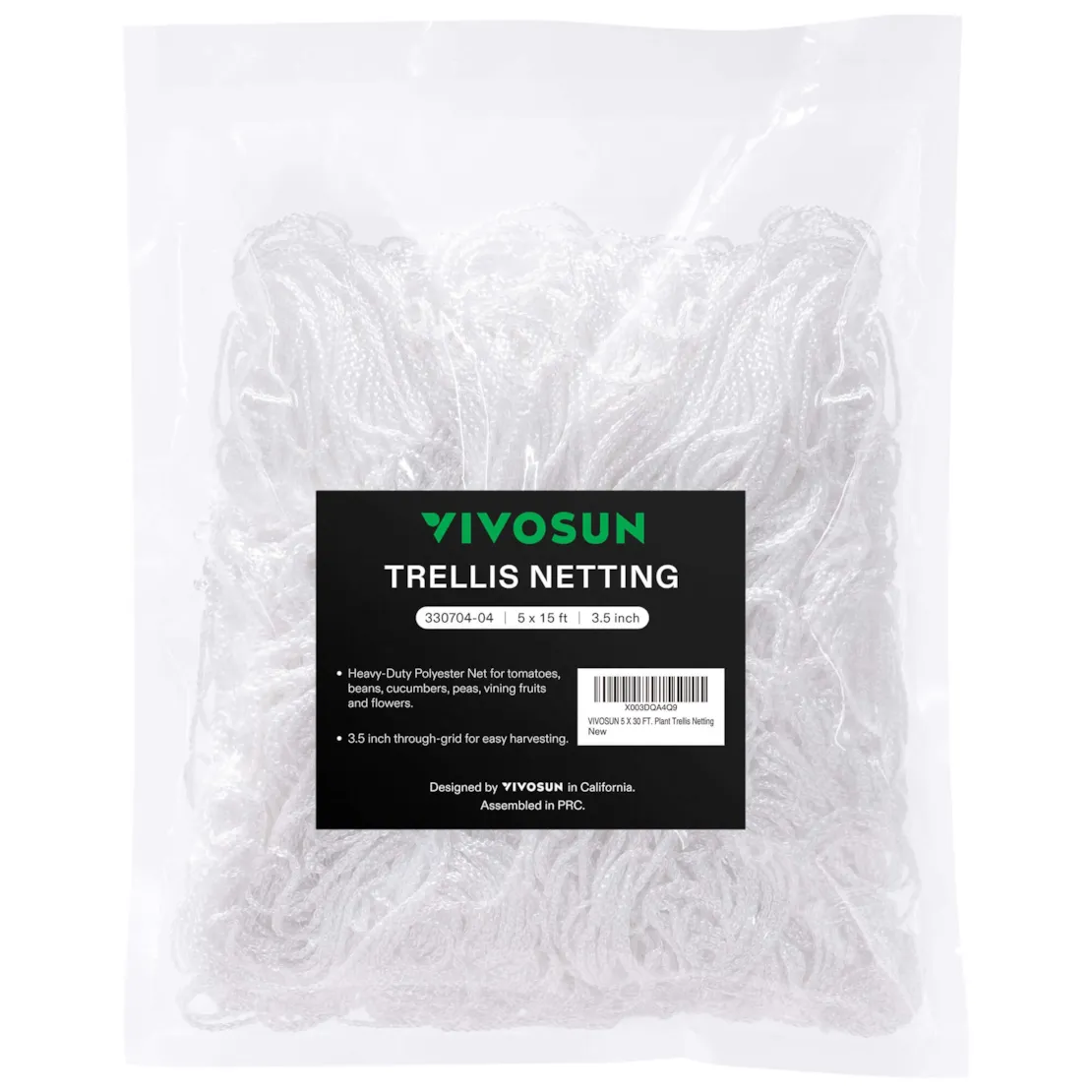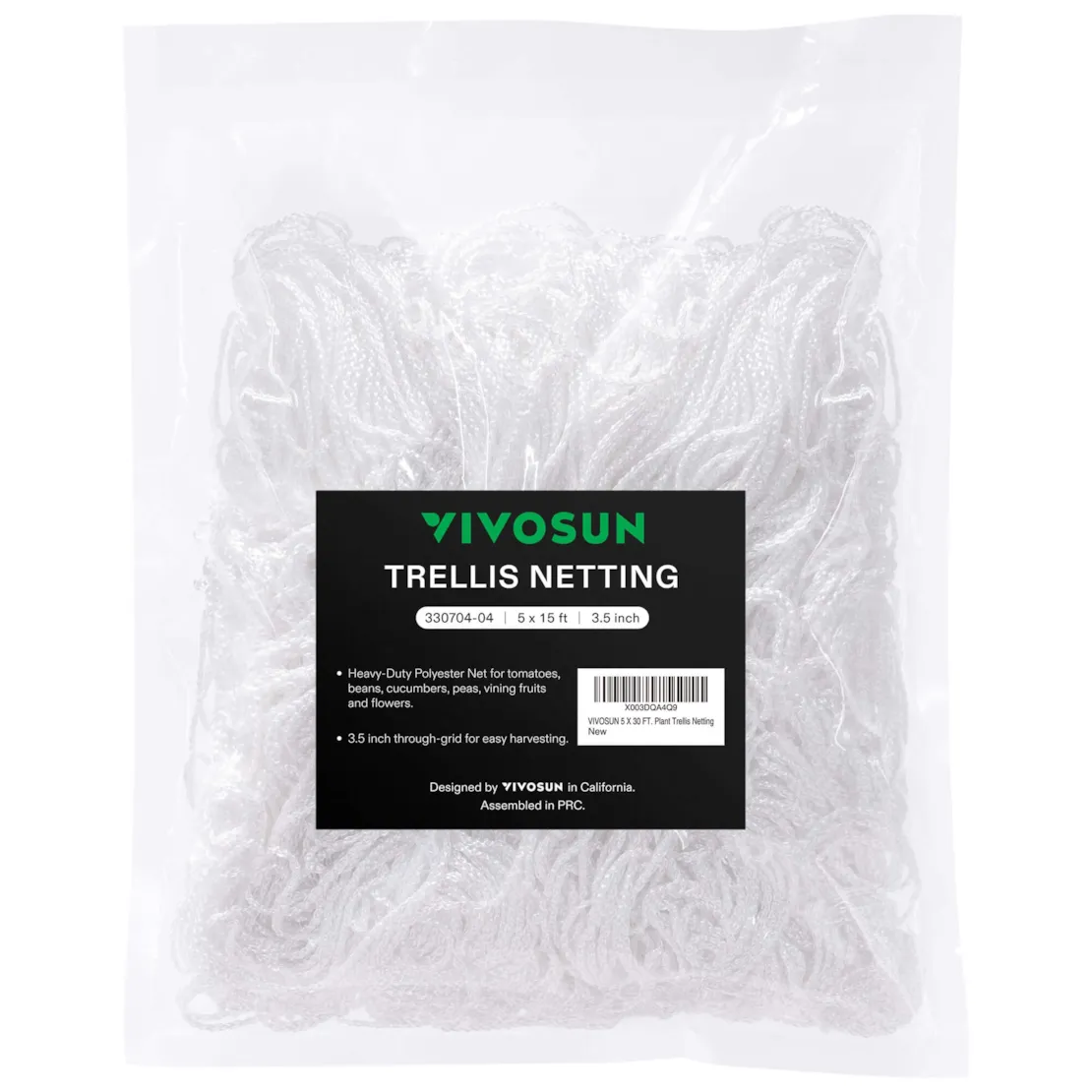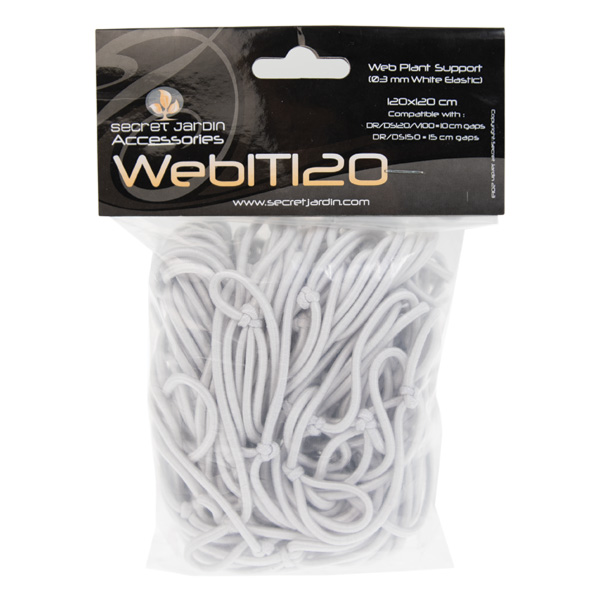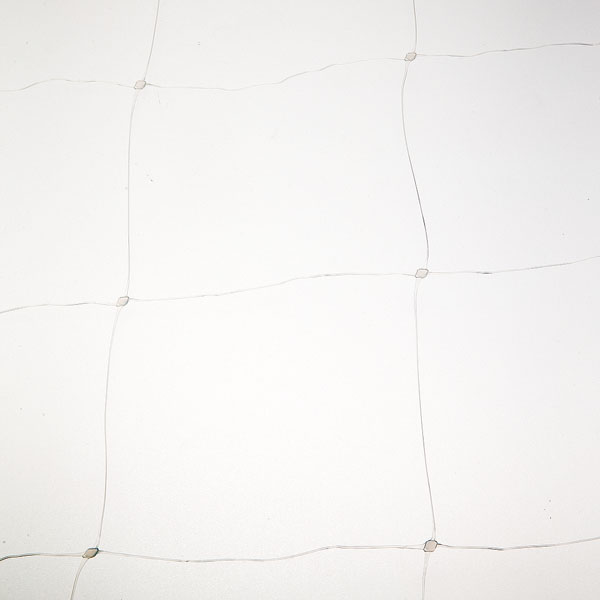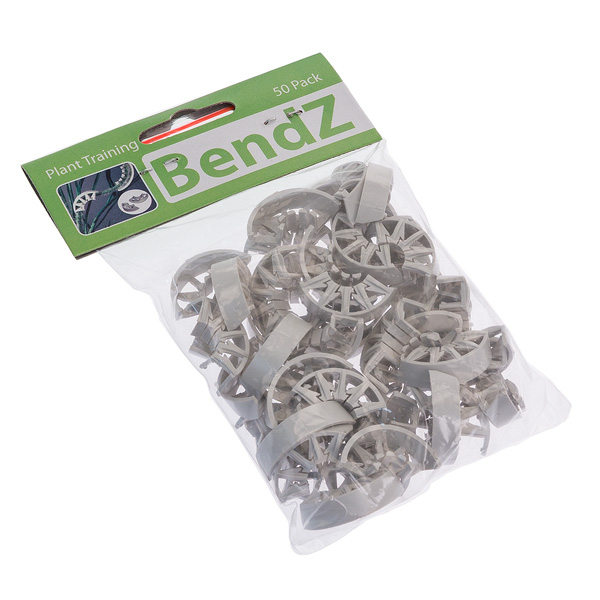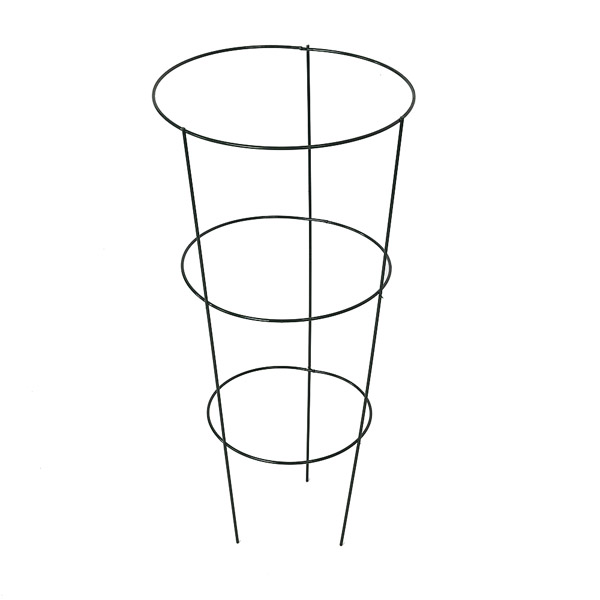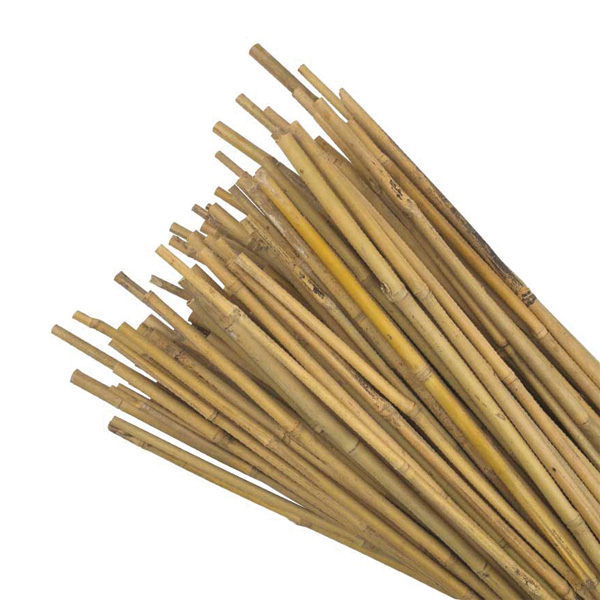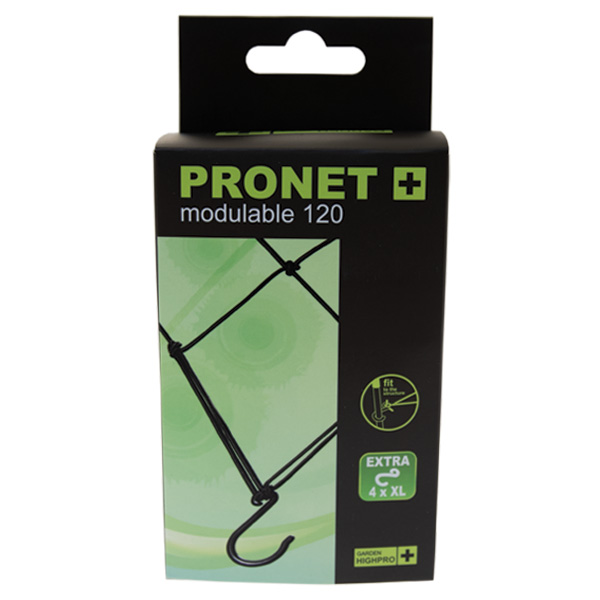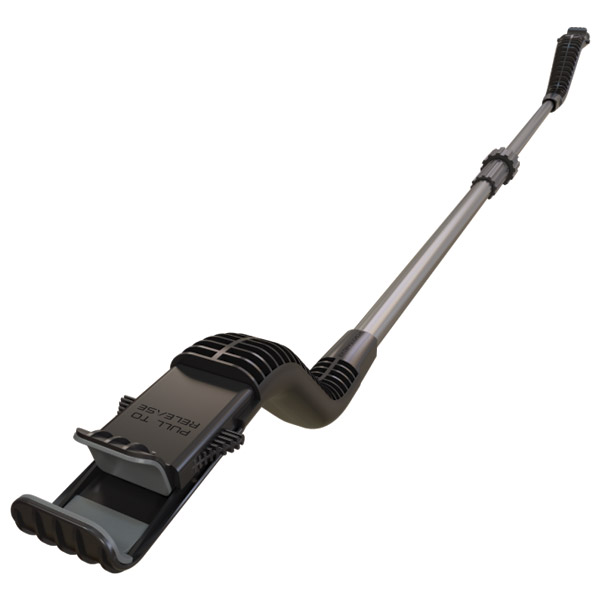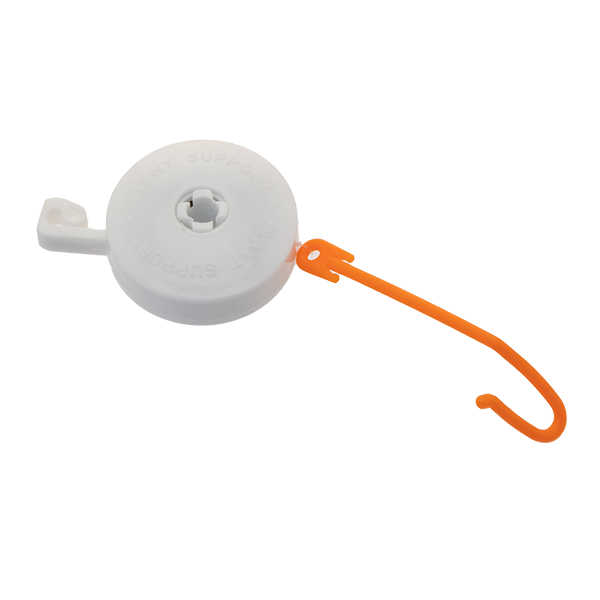Get the most out of your plants by plant training! We have a range of products which will give you more control over final shape and structure of a plant, create a wide spread of even canopy, support heavy fruits in later development and ultimately help increase yield.
So why train your plants? well due to the natural selection of nature, plants have developed genetics that are optimised for growing under sunlight and outdoors. There tall & straight perfect for wind pollination and the absorption of natural light. Indoor grow lamps are very different to the sun and have nearly no penetration of light when in comparison to the sun. For example, a high end 1000w light fixture will unusable just after a few feet of distance from the canopy. Each time a wave of light from the grow lamp hits a surface its photons are dissipated. The wavelengths from grow lamps have a much lower density of photons than sunlight, when each wavelength is reflected a high loss of photons occurs, LESS PHOTONS MEANS LESS FOOD.
When it comes to wind pollinated, plants tend to optimise their growth of fruits and flowers toward the top of plant. this is because the fruits and flowers at the top of the plant are more likely to have a successful pollination in the higher density winds. Therefore, the plant will focus more on the development of the higher fruits and flowers. Plant training allow you as a grower to make the most of your lights and space, keeping your plant under stressed conditions can cause a stunt in the plants main leading growth. This can be used to make the lower growth of flower sites to push up into the brighter lit areas which contain a higher volume of photos, or to keep the leading stem height down making more available light to the lower sites. The most important part is to make the most of the grow lights by having as many flower sites under its surface area. LIGHT IS FOOD.
When a plant has been trained correctly and has a widespread even canopy it will share NUTRIENTS AND ENERGY equally to each flower site as if it were the top flower site on the leading stem. If the majority of a plant’s flowers site are roughly at the same height and receiving the same amount of light, the plant will equally share nutrients and energy amongst all of its flowers, each will become as equally important and all will increase with yield and density when fruiting.
Listed below are some of the proven methods that you see commonly used in an indoor growing environment, each method has its place and will increase the yield of your crop, its all down to what works bets for you as the grower.
Low Stress Training
Low stress training also commonly known as LST is a done by bending or securing a plants stem from a young age. This is done to change the end shape of the plant, giving more flower sites and a wider spread canopy. LST has shown to increase a plant yield by up to 40%.
The grower will take the main leading stem and bend it in such a manner as to suit is end desires. Products like Bends are very good to use in the early stages of LST. Bends are a small u-shaped piece of plastic with multiple split points. They are designed to fit over small stems perfectly and aid in bending without breaking the stem. Bends can achieve this through their design. The multiple splits in the u bend allow you to bend the stem slowly and in a more naturally accruing curve leaving less risk of splits or complete breaks.
Low Stress Training will:
- Increase yields.
- Give more control over final shape and structure.
- Create a wide spread of even canopy.
Screen of Green
Screen of green more commonly known as ScROG or Scrogging is where a net is set directly above the plant from a young age, as is it matures and grows through the screen the growers weaves the stems back underneath the screen using the netting holes to assist. the idea is to keep the plant on a horizontal growth plan allowing all new flower sites to grow up and join the canopy. This is usually done up until the second week of flower or until the screen is full of flower sites.
Scrogging is perfect for a grower where tall plants are an issue, it will also increase yield drastically when compared to a single growing stem.
Nets like the Secret Jardin Web It, PRONET and just simply Pea netting will be sufficient in Scrogging your plants, any net that contains rough 100 – 150mm holes and is capable to support the weight of heavy plants.
Screen of green will:
- Increase your yields.
- Support heavy fruits in later development.
- Lower time spent on pruning.
- Get the most from lamps coverage.
Topping and Fimming
Topping and fimming are 2 different techniques that involve cutting off the top of leading stem. When topping a plant, you will want to wait until the plant has at least 6 nodes, count one node down from the top growth and cut off from that point up. This will make the nodes or either side of cut the new main leading stems. There is also the chance for some of the lower branches to stretch up in contention for the main spot. Fimming is where you cut half way through the newest developed flower site, this cause the plant to grow outwards, both these techniques work great in conjunction with ScROG training.
Topping and Fimming will:
- Increase yields
- Help Get the most from space
- Provide a stronger structure
- Increase over number of main leading stems

